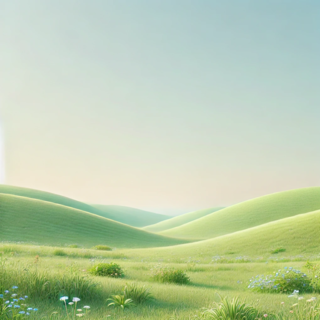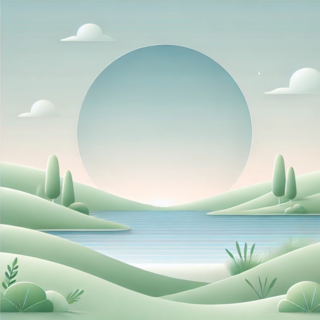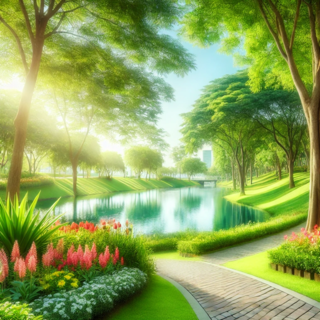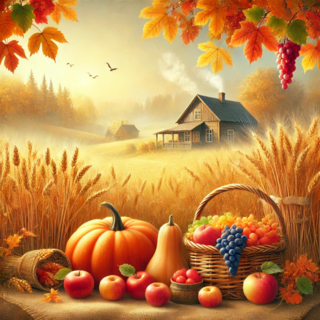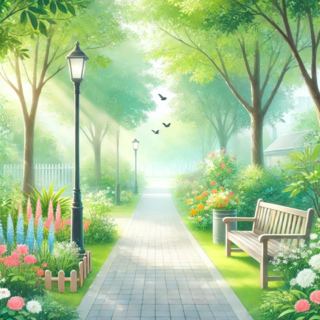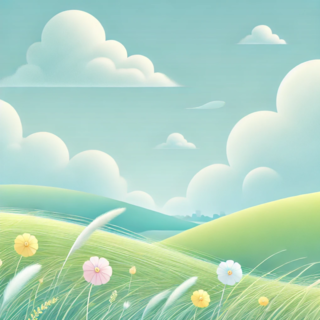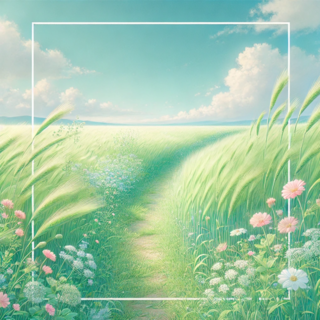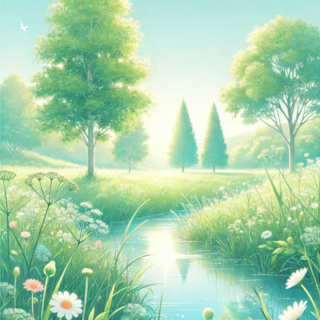未来扁平化设计与元宇宙技术的融合
在数码纪元的时代背景下,网页样式设计不再仅仅是视觉上的美感追求,而是功能性和用户体验的综合体现。本文将探讨如何通过未来扁平化设计风格与前端技术实现,打造一个既符合现代审美又兼具强大功能的虚拟现实平台。
色彩搭配:营造科技感与未来感
色彩是设计的核心元素之一,尤其是在强调科技感和未来感的设计中。以下是一个典型的色彩方案示例:
:root {
--primary-color: #1E90FF; /* 蓝色 */
--secondary-color: #8A2BE2; /* 紫色 */
--accent-color: #7FFFD4; /* 青色 */
--highlight-color: #FF69B4; /* 亮粉色 */
}
body {
background: linear-gradient(135deg, var(--primary-color), var(--secondary-color));
color: white;
}
此代码定义了主色调、辅助色调以及高亮颜色,并通过渐变背景增强了视觉冲击力。这些颜色的选择不仅符合未来主义的风格,还能突出关键交互区域。
排版设计:现代无衬线字体的应用
为了确保文字内容的清晰可读,选择合适的字体至关重要。以下是推荐的字体设置:
@import url('https://fonts.googleapis.com/css2?family=Roboto:wght@400;700&family=Poppins:wght@300;600&display=swap');
body {
font-family: 'Roboto', sans-serif;
line-height: 1.6;
}
h1, h2, h3 {
font-family: 'Poppins', sans-serif;
font-weight: 600;
}
通过引入 Roboto 和 Poppins 字体,标题部分使用较大字号和粗体以增强层次感,正文则保持简洁易读。这种组合能够有效提升用户的阅读体验。
布局结构:模块化网格系统
模块化布局利用网格系统对齐内容块,保证整体设计的整洁性。以下是一个简单的 CSS Grid 布局示例:
.container {
display: grid;
grid-template-columns: repeat(auto-fit, minmax(250px, 1fr));
gap: 20px;
}
.card {
background-color: rgba(255, 255, 255, 0.1);
border-radius: 10px;
padding: 20px;
box-shadow: 0 4px 8px rgba(0, 0, 0, 0.1);
}
此代码创建了一个响应式的卡片式布局,适用于展示不同的功能模块或内容区块。通过 gap 属性控制间距,结合圆角和阴影效果,使每个模块更加吸引眼球。
图形元素:几何与抽象图案
几何图形和抽象图案可以为页面增添数字时代的氛围。以下是如何在 CSS 中实现简单几何形状的一个例子:
.shape-circle {
width: 100px;
height: 100px;
background-color: var(--highlight-color);
border-radius: 50%;
position: absolute;
top: 50px;
left: 50px;
}
.shape-triangle {
width: 0;
height: 0;
border-left: 50px solid transparent;
border-right: 50px solid transparent;
border-bottom: 100px solid var(--secondary-color);
position: absolute;
bottom: 50px;
right: 50px;
}
通过以上代码,可以轻松生成圆形和三角形等基本图形,作为页面装饰的一部分,同时避免过多复杂性。
动画效果:细腻动效提升互动体验
微交互和动画效果是增强用户参与度的重要手段。下面是一个按钮点击时的光晕扩散效果示例:
.button {
position: relative;
overflow: hidden;
transition: transform 0.3s ease;
}
.button::before {
content: '';
position: absolute;
top: 50%;
left: 50%;
width: 0;
height: 0;
background: rgba(255, 255, 255, 0.3);
border-radius: 50%;
transform: translate(-50%, -50%);
opacity: 0;
}
.button:hover::before {
width: 200px;
height: 200px;
opacity: 1;
}
上述代码通过伪元素实现了一个动态的光晕扩散效果,当用户悬停在按钮上时,会触发视觉反馈,从而提升操作的乐趣。
交互设计:简洁直观的导航
良好的导航设计是用户体验的关键。以下是一个固定导航栏的实现方式:
.navbar {
position: fixed;
top: 0;
left: 0;
width: 100%;
background-color: rgba(0, 0, 0, 0.8);
z-index: 1000;
display: flex;
justify-content: space-between;
align-items: center;
padding: 10px 20px;
}
.navbar a {
color: white;
text-decoration: none;
margin: 0 10px;
transition: color 0.3s ease;
}
.navbar a:hover {
color: var(--highlight-color);
}
这段代码实现了固定位置的导航栏,包含 Logo、主要菜单项以及搜索框等功能组件,确保用户无论滚动到哪里都能快速访问重要信息。
图像与多媒体:高质量数字艺术插图
多媒体内容对于表现主题至关重要。以下是一个用于显示动态背景粒子系统的 CSS 示例:
.particles-container {
position: fixed;
top: 0;
left: 0;
width: 100%;
height: 100%;
pointer-events: none;
z-index: -1;
}
.particle {
position: absolute;
width: 5px;
height: 5px;
background-color: white;
border-radius: 50%;
animation: float 5s infinite ease-in-out;
}
@keyframes float {
0% { transform: translateY(0) scale(1); }
50% { transform: translateY(-20px) scale(1.2); }
100% { transform: translateY(0) scale(1); }
}
此代码片段模拟了背景中的粒子漂浮效果,为整个页面增添了深度感和沉浸感。
总结与展望
通过未来扁平化设计风格与前沿技术的结合,我们可以构建出一个既美观又实用的虚拟现实平台。从色彩搭配到动画效果,再到交互设计,每一步都需精心规划以满足用户的期望。以下是几个需要注意的关键点:
- 选择适合的色彩方案,增强科技感和未来感。
- 采用现代无衬线字体,优化排版设计。
- 利用模块化网格系统进行布局,保持视觉整洁。
- 融入几何图形和抽象图案,丰富页面细节。
- 设计细腻的动画效果,提升用户互动体验。
- 打造简洁直观的导航,方便用户快速获取信息。
总之,只有将创意与技术完美结合,才能打造出真正令人难忘的数字空间,引领我们进入全新的数码纪元。
